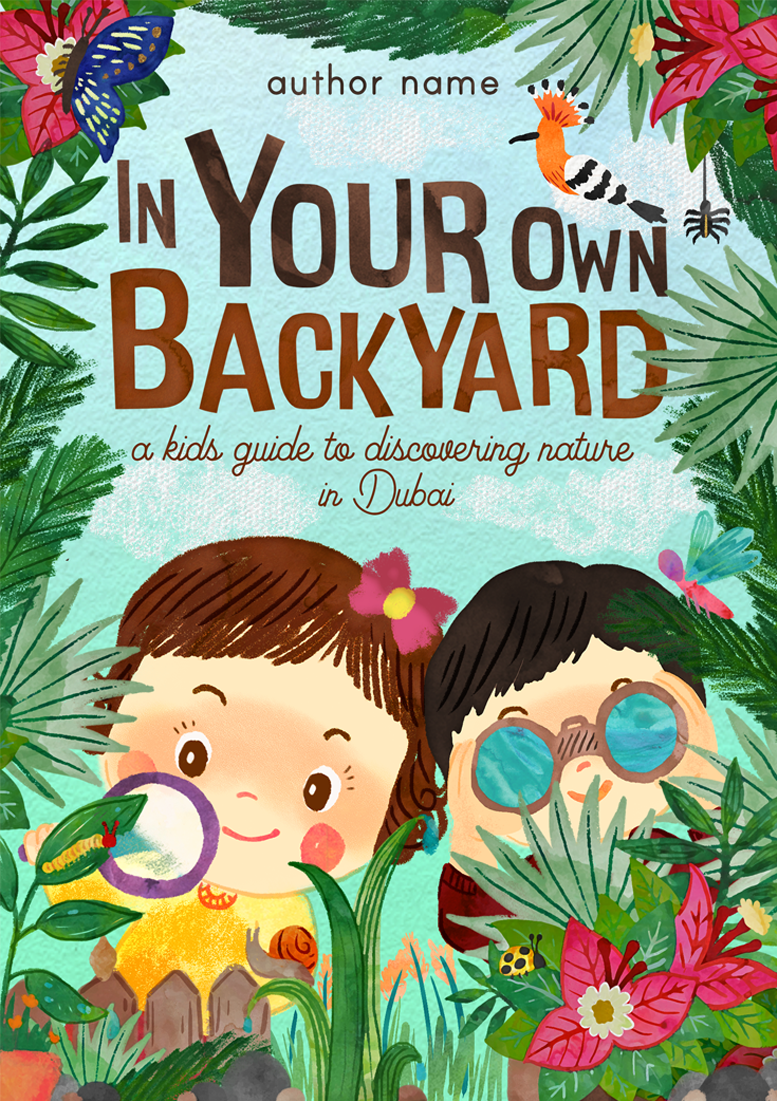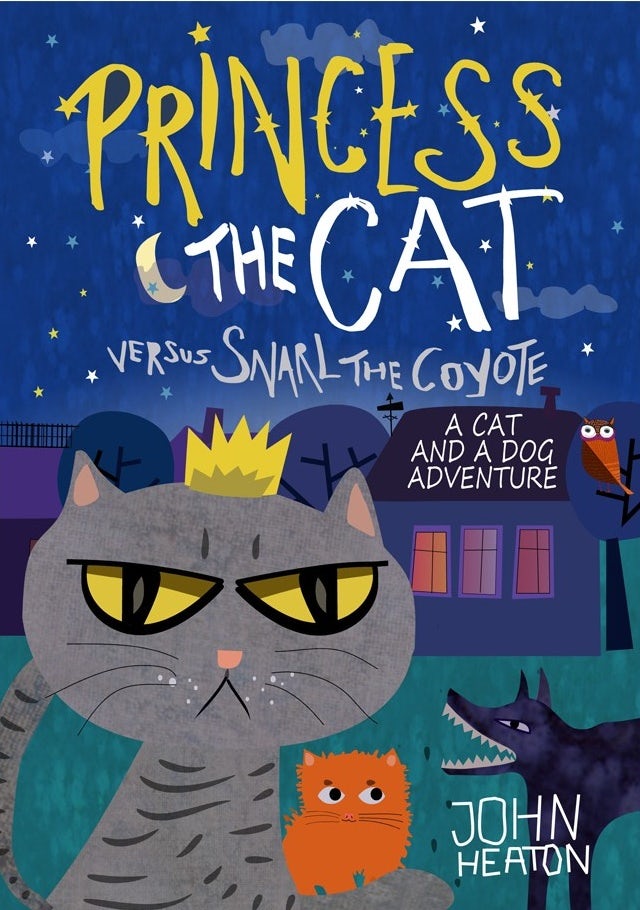How To Illustrate Your Own Children's Book

These days, it seems everyone is writing a children's book. B.J. Novak, writer, executive producer and cast member of The Office, made a big splash with his first picture book, ironically titled The Book with No Pictures. The Tonight Show's Jimmy Fallon has three picture books: Snowball Fight!, Your Baby's First Words Will Be DADA and Everything Is Mama. Even Fonzie (Henry Winkler) has waded into the field of children's book writing, saying his popular Hank Zipzer picture book series is his biggest accomplishment in life.
For illustrators, this drive toward writing for the next generation of readers is good news. But the market is no longer limited to a few big publishers. In fact, books from small presses and self-published authors now dominate Amazon searches and they're beginning to make their way onto bookstore shelves. With so many writers eager to get their own names on book covers, this brings a wealth of opportunities for talented artists. This guide will give you all the information you need to break into the children's book illustration market.
Illustrating for traditional publishers
—
For both writers and illustrators, breaking into a traditional press is the hardest, yet most worthwhile, goal. Payouts for illustrators are generally highest at this level, but it can take years of hard work to finally get a break. Since so many larger publishers only accept queries from agented illustrators and authors, your focus will mostly be limited to querying agents and entering contests.

Publishers Weekly maintains a list of the biggest book publishers, ranked by sales, but the "Big Five" are Penguin Random House, HarperCollins, Simon & Schuster, Hachette Book Group, and MacMillan. Each of those publishers have many smaller imprints, some of which are specific to various types of children's books. In children's book publishing, you'll also have the option of illustrating picture books and chapter books, each of which has illustrations on the cover and on the inside pages, and middle grade and young adult books, which generally only have one cover illustration.
If traditional publishing is your goal, you'll first need to set up a professional website with a portfolio of your illustrations. Agents will look here first. If you don't have a solid portfolio, put in some time doing free work or freelancing so that you'll have projects you can connect to magazines and books that are actually in circulation. Once you've established that experience, you can begin querying agents who represent illustrators to big publishers.
Although all children's book illustrators can benefit from membership in the Society of Children's Book Writers and Illustrators, for those targeting traditional publishers, it's an essential. Members can display their work in the organization's Illustrator Gallery, and local chapters have conferences at which agents and publishing house representatives are in attendance. In addition to entering contests that can get your work in front of the right people, you'll also be able to network with other illustrators and gain advice that could push your career to the next level.
Illustrating for small presses
—

The widespread popularity of digital books has made it easy for small presses to thrive in the publishing industry. That has led to a proliferation of independent publishers in recent years. Each of these smaller presses needs illustrators who can make their books stand out in Kindle searches and on bookstore shelves. The biggest challenge for you as an illustrator will be tracking down the right press to fit your own unique artistic style.
Unlike larger publishers, you won't need an agent to query independents. However, you will still find that an online portfolio and a track record of illustrating for others will make a big difference. Carefully study the market and find small presses that publish work that fits your style. Once you've targeted a publisher, contact the art director with a link to your online portfolio and an offer to send samples of your work for consideration.
SCBWI maintains a list of trusted publishers that combines independents and large presses. You likely will find the payout for small presses is smaller than with a larger publisher, but you may be able to land steady work. Most importantly, you don't have to limit yourself to working for one or two small publishers. Instead you can use your work to reach out to large publishers and authors who self-publish so that you can eventually grow a steady base of work.
Illustrating for self-publishers
—
For illustrators, the rapidly-growing self-publishing market can be a goldmine. An author who self-publishes must handle everything from writing to cover design to marketing. Readers will often gravitate toward books with slick, well-designed covers over those that appear more amateurish. This means that an illustrator with a talent for creating covers that rival those of traditional and small presses can win a great deal of business from self-published authors.

Working with self-published authors shifts your focus from pitching editors and agents to marketing your offerings in appropriate places. Organizations like SCBWI can help with networking, but you'll also want to consider setting up a portfolio on sites where authors search for designers, such as 99designs' book design contests. Once you have started earning money designing book covers for children's book authors, you can tweak your prices and consider whether you want to venture out and design covers for authors outside the children's genre.
As a designer for self-publishers, you should also come up with a contract that states what a client will get for your fee. Outline your process in this contract, including how many revisions you'll complete and how payment will be handled. Make sure you ask permission to include each book cover in your portfolio, since the work you do today is key to landing future jobs.
Time to conquer the world of children's book illustrating
—
Although children's book illustration can be one of the most lucrative fields for artists, competition can be fierce. It's important to equip yourself with the support system you'll need as you pursue work, whether you decide to find an agent, query publishers directly, or build a steady clientele of self-published authors. Breaking into children's book illustrating can be hard, but these tips will help you get a foot in the door.
What are your goals as a children's illustrator? Do you have any advice for others who are interested in landing this type of work? Tell us in the comments below!
How To Illustrate Your Own Children's Book
Source: https://99designs.com/blog/freelancing/childrens-book-illustrating/
Posted by: schmidtfassescarde52.blogspot.com

0 Response to "How To Illustrate Your Own Children's Book"
Post a Comment